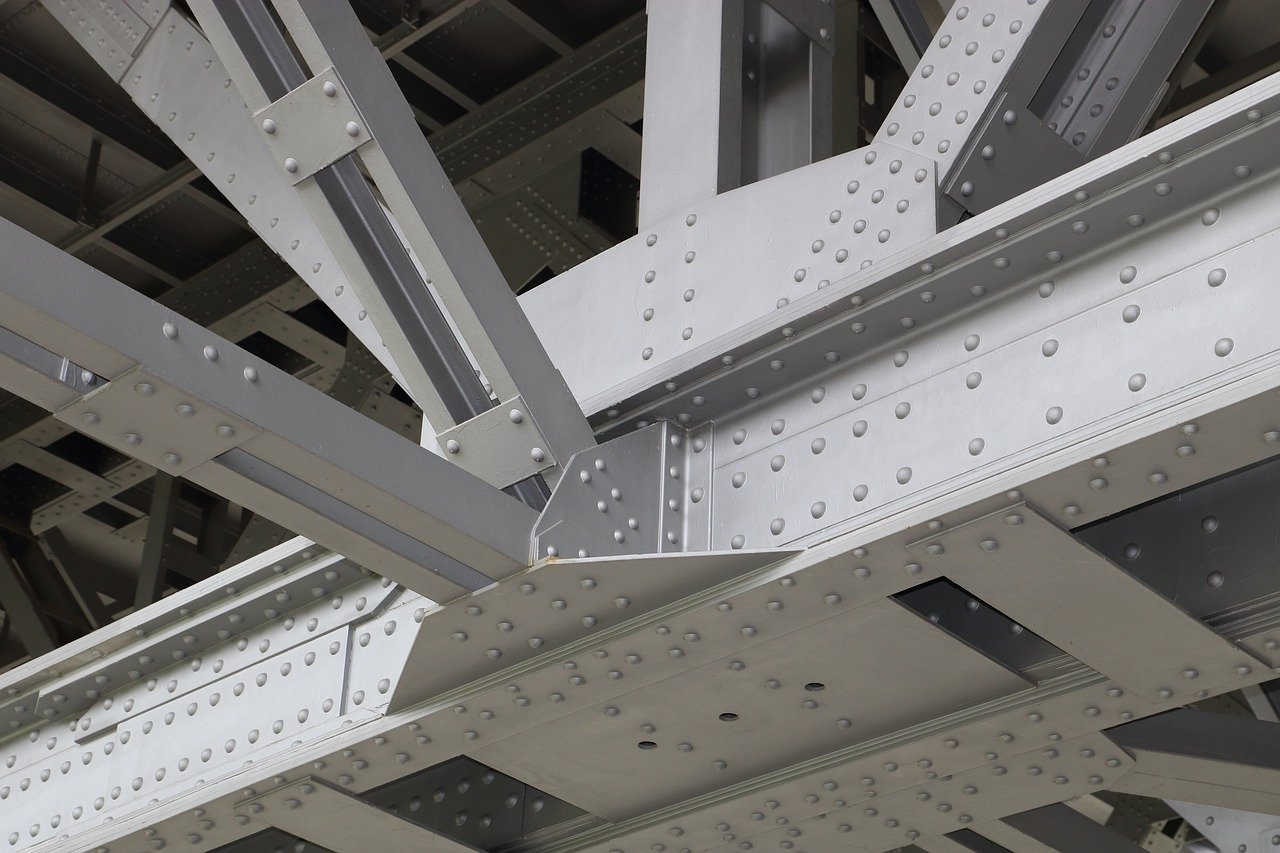Steel support beams are essential for the construction of buildings and infrastructure and provide structural support; nevertheless, their characteristics vary. Steel beams are available in several specifications and shapes due to their wide range of uses. The vast array of accessible items might be perplexing at times, making it difficult to sort through them. Fortunately, determining your requirements directs your focus to the most essential stainless steel beam suppliers. When acquiring steel beams for your project, the following are the most important aspects to consider:
- SHAPE OF THE STEEL BEAMS:
Steel beams are available in a variety of shapes. A beam’s form influences its durability, weight, and final cost. Most applications require broad flange beams, which are also known as I-Beams, H-Beams, or W-Beams. Large flanges distinguish wide flange beams on both sides of the web. In rare cases, a conventional American beam, also referred to as an S-Shape I-Beam with a curving profile, is required for a project. Wide flange beams and standard American beams have been proved to sustain bending and shear stresses and are widely used in the construction sector.
- GRADING OF THE STEEL BEAMS:
The following essential factor to consider is grade. Most mills manufacture broad flange beams to ASTM A992 and A572 GR 50 specifications. Based on the target usage, there are industry-specific criteria for beam strength. Mills classify these based on industry requirements and the strength of the material utilised. Newer beams have higher standards, while older versions are being driven out since the former are constructed of superior materials. The finished product might be classed as originating from low-alloy grades, carbon steel, high-yield steel, or mild steel, depending on the production method.
- SIZE OF THE METAL BEAMS:
Size in beams relates to a variety of factors. It considers the shaft’s specified depth, height, and weight per linear unit. Understanding the size is essential in establishing how suitable a beam is for the job at hand. A beam labelled W12 X 50 X 40 broad is 12 inches high, bears 50 pounds per foot, and measures 40 feet long. Considering these specs, the weight of the beam may be calculated by multiplying the weight per linear unit by the length. In this example, the shaft weighs 2000 pounds. The size may be determined in the same way, based on the shape of the beam. Only the letter W is likely to be different. Understanding the weight of an object is essential if the price is based on its weight.
- THE QUANTITY YOU REQUIRE:
After understanding the size, shape and form of a steel beam comes the quantity you require for your project. In certain situations, the provider will have a minimum order restriction to qualify for benefits like free shipping. Meeting these criteria will save you money on overhead and provide you with the comfort of getting your items on-site. Knowing how much you’ll need also keeps the materials from running out before the project is finished.
FINAL THOUGHTS:
Beams are used for several purposes, including providing support in residential and commercial buildings and serving as support columns for crossings, trolley tracks, and decks. Choosing the right one for your building project is critical to its success. Searching and utilising readily available internet resources can assist you in identifying the appropriate specs. If the standard product line does not meet your requirements, request customised supplies. Consider obtaining the advice of professionals if you run into any difficulties.



 Bitcoin
Bitcoin  Ethereum
Ethereum  Tether
Tether  XRP
XRP  Solana
Solana  USDC
USDC  TRON
TRON  Lido Staked Ether
Lido Staked Ether  Cardano
Cardano  Avalanche
Avalanche  Toncoin
Toncoin